ISDB-Walid-Abdelwahab-ISDB-Minister-of-Regional-Development-and-Stanley-Betterson-Irfan-Bukhari-ISDB..jpg" />
From left to right : Mohamed Anwar Lall (alternate governor at Islamic Development Bank (IsDB), Walid Abdelwahab (IsDB), Minister of Regional Development Stanley Betterson and Irfan Bukhari (IsDB).
Paramaribo, Suriname, 23 Rabiul Akhir 1438/22 January 2017 (MINA) – The private and public sectors of Guyana and Suriname may benefit from the Islamic Development Bank (IsDB) “Reverse Linkage (RLs) or South-South Cooperation”, an overarching objective of capacity development through the transfer of knowledge, technology and resources by matching the specific capacity needs of its member countries with capacities available in other member countries.
Also Read: Trump Says Israel Agreed to Terms for 60-Day Ceasefire in Gaza
Looking to benefit from the products offered by the Islamic Bank group, the government of Suriname is now moving its focus to aid private sector entrepreneurs and businesses by linking them with financial institutions such as the IsDB and the Islamic Cooperation for the Development of the Private Sector (ICD) which are ideal for financing and supporting small and medium enterprises (SMEs). SMEs and high-growth start-ups are the engine of economic growth in both developed and developing countries, caribbeaannewsnow.com reported.
Dr Anwar Lall Mohamed, Suriname’s alternative governor to the IsDB said that conventional banks demand about “15 to 20% interest, and it is killing us; we give 20% back to the bank”. However, the IsDB soft loans are on more favourable terms for developing countries like Guyana and Suriname.
Suriname is keen to diversify and modernize its agriculture sector, and is already seeing some positive developments from its diversified and long relationship with the bank. With emphasis on agriculture, Suriname sent a four-member delegation headed by its agriculture minister, Soeresh Algoe, in 2016, to Kazakhstan, to attend the first Organisation of Islamic Cooperation (OIC) meeting on food and security. Guyana was absent from the meeting.
Many of the small meetings of the sub-organs of the OIC and the IsDB, such as the Standing Committee for Economic and Commercial Cooperation of the Organisation of Islamic Cooperation (COMEC) and Statistical, Economic and Social Research and Training Centre for Islamic Countries (SESRIC), are important to attend because ideas are developed there; meeting important contacts and learning about the workings of these bodies can lead to tangible gains for Guyana.
Matching Expertise with Needs: MARDI
Also Read: Rashida Tlaib, 19 Congress Members Urge Trump to Stop Gaza Starvation
Suriname and the Islamic Bank signed an agreement in 2016 for an amount of US$5.896 million to enhance the capacity of rice production in order to maintain self-sufficiency and increase the export of high quality rice. Prior to this development, the bank matched Suriname with Malaysia Agriculture Research and Development Institute (MARDI), the winner of the IsDB prize for science and technology in 2011. MARDI was identified as a source of expertise for the needs of Suriname’s ministry of agriculture, animal husbandry and fisheries.
The objective was to coordinate and fund peer to peer consultation, and to design customized solutions for Suriname’s needs.
To ensure joint ownership, the government of Suriname and MARDI contributed to the project’s financing together with the IsDB. MARDI Holdings has also committed to share the intellectual properties of eight rice varieties. The project aims to help Suriname achieve and maintain self-sufficiency in rice production and increase the export of high-quality rice.
Also Read: US Approves $500 Million Arms Deal with Israel
Four key components of the agreements are:
1. Introducing and sharing the intellectual properties of eight new area-specific rice varieties to enable the country to produce specialized rice varieties for export.
2. Developing an institutional capacity in certified seed production, breeding methodology and protocol as well as setting up a certified seed production facility.
3. Strengthening soil fertility through the improvement of soil and nutrient management, the introduction of bio-fertilizers, the development of good fertilizer practices and management systems.
Also Read: Florida Enacts New Law Banning Cooperation with Anti-Israel Supporters
4. Establishing an integrated water management system for rice areas in Suriname and piloting land-levelling work and transplanting of paddy to improve the yield.
In 2016, Suriname, for the first time since the 1980s, produced over 100,000 metric tons of rice for the local and overseas markets in Haiti, Venezuela, the Netherlands, Jamaica and Portugal in particular.
Malaysian Investors
Two weeks ago, executives from the Malaysian company, Anzeco, made a follow up visit to Suriname to commence the implementation of large scale rice, coconut and pineapple cultivation. Zolkifi Mahmud, executive director, and Sharul Amir Abdul, operations manager of Anzeco, together with Mohamed and Algoe, who is keen to transform the agriculture industry of Suriname visited Nickerie.
Algoe is looking to attract more investors to Suriname and at the same time support local farmer by helping them tap capital and modern technology so that they can improve and increase production.
Also Read: Dozens Protest in Chicago, Demand End to US Military Aid to Israel
Anzeco plans to introduce eight varieties of rice in Suriname and MD2 pineapple, a very sweet and delicious pineapple that is in great demand. Malaysia and Costa Rica are two top producer of MD2 pineapples.
The company will commence operation in the second half of this year with a trial run of 500 hectares in an area to be decided. After the initial phase and contingent on government approval, the company wants to expand to 15,000 hectares.
Based on the experience of Anzeco’s pineapple plantations in Malaysia and Indonesia, they expect that between 40-43 percent of the pineapple harvest will not meet the export standards. This amount of pineapple is being used for the downstream processing of pineapple chips, pineapple jam, pineapple hot sauce, pineapple cookies etc.
Anzeco plans to commence its “training sessions” to be ready for the coming planting season. The company will set up its own rice mill for the implementation of the project. The company will follow a formula of contract farming so that others can benefit. In the process, the Wageningen rice mill will be replaced by a modern full automated mill and simultaneously various Malaysian companies will cultivate rice, pineapple and coconut.
Markets Awaiting
Also Read: Colombia Appoints First Ambassador to Palestine Amid Gaza Crisis
According to Mohamed, “The market for pineapples, coconut and rice is waiting deliverance; we are now ready. Before there were issues of finding markets, but now, we have identified our markets.”
Mohamed is keen to see that Guyana and Suriname cooperate and take advantage of their membership in the IsDB and its many organs.
He said, “There is no competition among us, we can’t deliver alone, and even together we can’t meet the market demands.”
He noted, for example, “There is a big demand in the US for coconut and which can’t be fulfilled by India, Thailand or Malaysia. There is demand for coconut water, milk and powder and pineapple, and we are looking to grow them on large scale.”
Also Read: Trump Administration Considers Expanding Travel Ban to 36 Additional Countries
Next mission to Guyana
MARDI and Anzeco will soon undertake a mission to Guyana and will meet with the finance minister Winston Jordan, the agriculture minister, Noel Holder, and the private sector. They plan to expand the production of coconut, rice and pineapples to Guyana. However, RLs isn’t limited to the agriculture sectors. It may include tourism, telecommunication and transportation; healthcare or infrastructure.
With Guyana and Suriname both members of the IsDB, there are now frequent missions to these countries. When officials visit Guyana, they also visit Suriname.
Also Read: Brazil Considers Ending Military Cooperation with Israel Amid Gaza Genocide
The two countries will also rotate workshops. Mohamed said, “We can rotate hosting OIC/Islamic Bank meetings, training session, investment missions and share the cost.” (T/RS05/RS01)
Mi’raj Islamic News Agency (MINA)
Also Read: US Judge Orders Release of Palestinian Activist Mahmoud Khalil







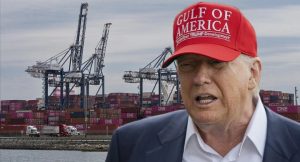

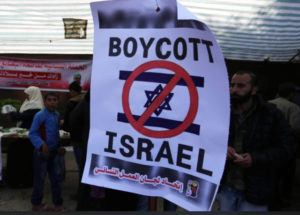
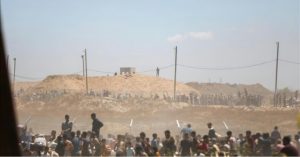


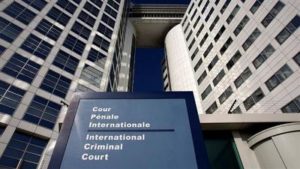
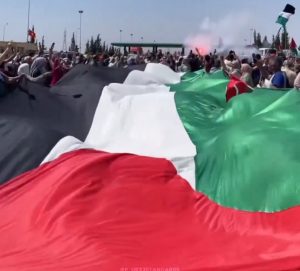

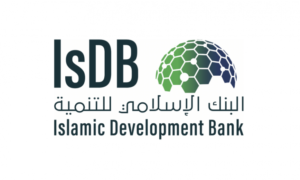
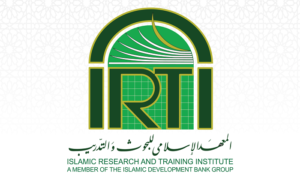

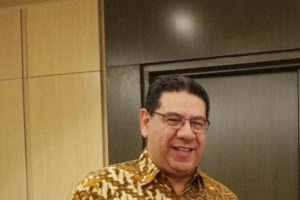
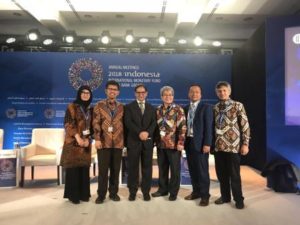





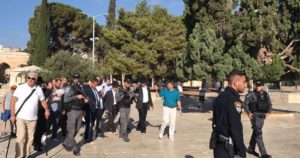
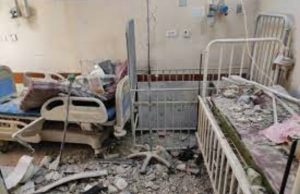

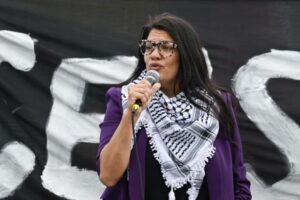



 Mina Indonesia
Mina Indonesia Mina Arabic
Mina Arabic